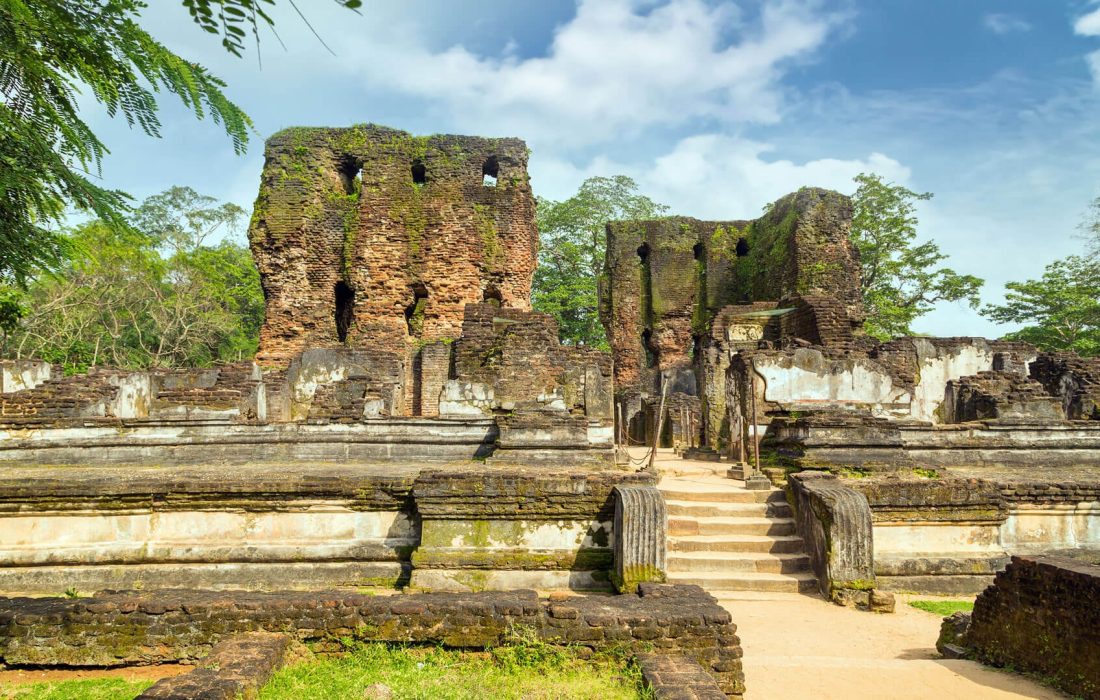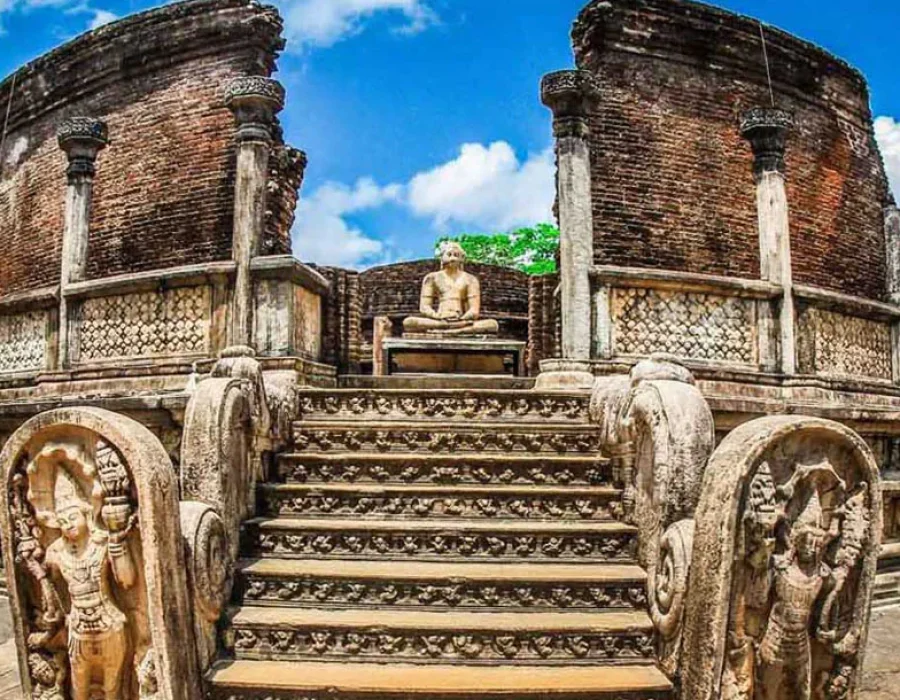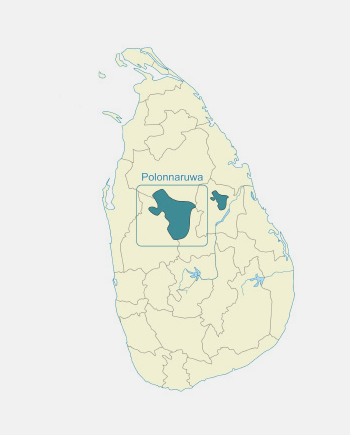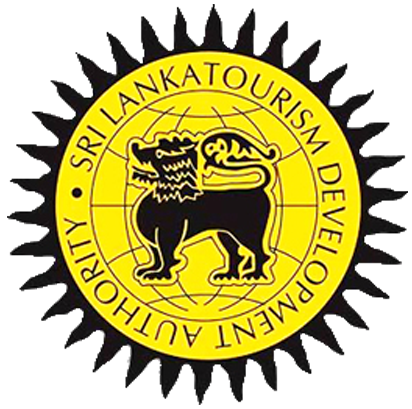
Polonnaruwa


The ancient city of Polonnaruwa 216 km northeast of Colombo is a cornerstone of Sri Lanka’s Cultural Triangle.
One of the most significant kingdoms in Sri Lankan history this medieval capital (11th – 12th Century AD) remains a well-preserved city of ancient stupas, moonstones, beautiful parks, massive buildings and imposing statues. The ruins of this ancient city stay scattered over an extensive area of woodland and can be explored within a day. The city was enclosed by three concentric protecting the royal palace complex at its centre, the religious buildings – called Quadrangle, lie to the North and are very well preserved to this day. The largest monuments are found here including the buildings of the Menik Vihara, Rankot Vihara, Alahana Pirivena and Jetavana monasteries, the incredible Buddha statues of the Gal Vihara, the soaring Lankatilaka shrine, the majestic King’s Council Chamber, the Lotus Bath are must see sights. And of course, the giant statue of Polonnaruwa’s greatest king – Parakramabahu, and the vast ‘Sea of Parakrama’ – a 12th century man-made reservoir which dominates the city are not to be missed either.
Gal Vihara
No visit to Polonnaruwa is complete without a visit to the famed Gal Vihare. Gal Vihare means “Rock Temple” in Sinhalese and is one of the main attractions for Buddhists pilgrims as well as local and foreign travellers who visit this ancient city. It is an amazing archaeological site which features two seated Buddha statues, a standing Buddha statue and a reclining Buddha statue all carved out of a single massive granite rock. The Gal Vihare is also known as the Uththaramaya which means the northern monastery. This is said to have been created during the reign of one of Sri Lanka’s most successful leaders, King Parakramabahu the Great (1153AD to 1186AD) during which time Polonnaruwa served as the islands capital.
The larger of the two Samadhi Buddha statues or seated Buddha statues is approximately 16 feet in height while the standing Buddha is 7m in height and unique in comparison to other standing Buddha images found around the Island in that the statues arms are folded and eyes are shut. It is said that this particular statue was a later addition and does not date back to the days of King Parakramabahu the Great. The reclining Buddha is 14m long while the smaller Samadhi Buddha statue found in the small rocky cavity does not boast the artistic prowess seen in the other statues.





































